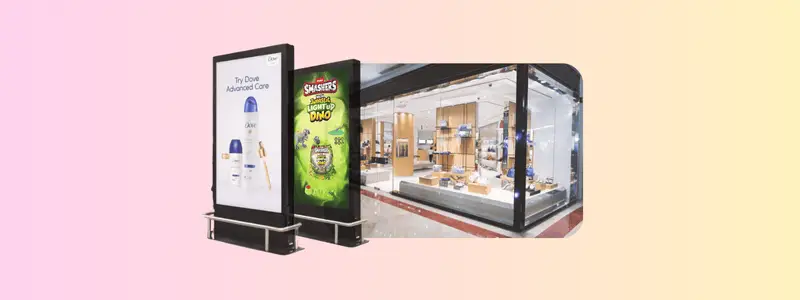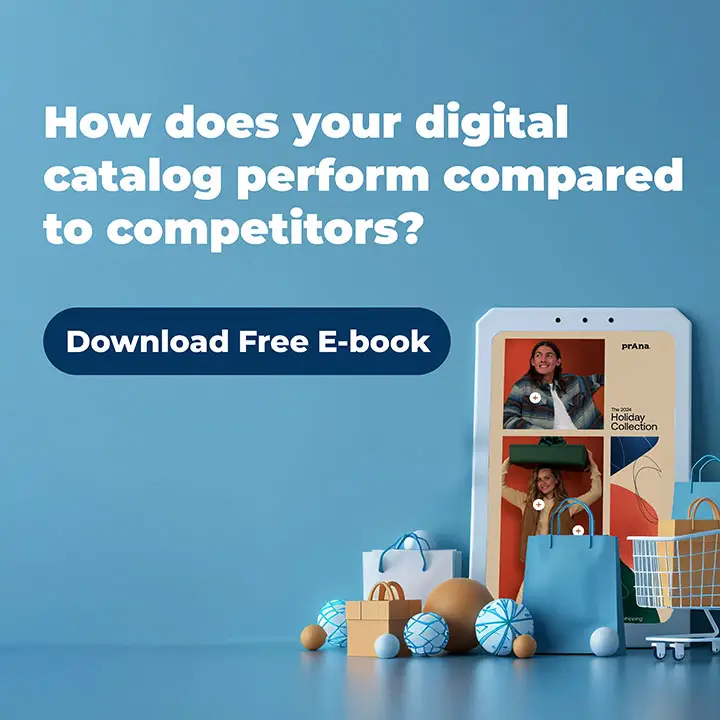By Raj Sangha, VP Sales, Publitas
2025 is shaping up to be a challenging year for retailers. Although FMCGs have proven resilient even in the toughest economic times, the unprecedented whirlwind of political, financial, societal, and technological changes (including unexpected tariff hikes and stock market crashes) has sent the industry reeling.
CPGs and retailers must adapt to extreme volatility, and one of the most effective strategies is to leverage Retail Media Networks (RMNs).
According to Kantar Media Reactions 2024, 41% of marketers globally plan to increase investment in retail media in 2025. RMNs are evolving into full-funnel marketing platforms, especially for CPG brands. Here’s why.
Why Retail Media Is The Next Frontier In Retail
An RMN, or Retail Media Network, is a digital advertising platform operated by a retailer that allows brands to place targeted ads using the retailer’s first-party data. These ads appear across the retailer’s owned channels – such as their website, mobile app, email newsletters, in-store displays, and even digital catalogs – and can sometimes extend to off-site media.
Customers are increasingly price sensitive, and price volatility seems inevitable – unless retailers can find additional sources of revenue to offset the increases. RMNs offer the perfect solution.
Retailers often amass huge amounts of data about their customers through loyalty programs, newsletter subscriptions, and other sources. They can use this data to help brands target ads more effectively and sell the advertising “real estate” on their website, in-store advertising channels, and catalogs to CPGs. Because RMNs can track whether an ad leads to a sale, they offer a clear ROI, which is attractive to marketers.

Retailers With RMN Strategies
At the recent Retail Technology Show in London, Tash Whitmey of Tesco demonstrated how CPG brands can now advertise closer to the point of purchase, leveraging loyalty data to personalize messaging and measure ROI. It’s a win-win for brands and retailers. The partnership allowed Pepsi to advertise closer to the point of purchase using Tesco’s data-rich loyalty platform. Ads were tailored with first-party data, enhancing relevance, and they delivered better ROI than traditional TV advertising. Campaigns used real-time data for in-campaign optimization.
Another great example is German premium beauty retailer Douglas, which began shifting toward becoming a media-driven business last December. By launching its Retail Media Network, Douglas is now using customer insights, online traffic, and digital platforms to provide beauty brands with targeted advertising opportunities. This enables brands to connect with engaged, purchase-ready consumers and opens up a new revenue channel for Douglas beyond traditional retail sales.
Walmart bought budget TV manufacturer Vizio – not to sell more TVs but to integrate TV hardware, retail operations, and advertising. This allows Walmart to collect and leverage consumer data to influence shopping behavior and drive sales. (It also helps the chain compete with Amazon in retail media advertising by using Vizio’s technology to track viewing habits and link ads directly to purchases). Brands that partner with Walmart can reduce the time-to-buy cycle, optimize targeting, and improve attribution, making ad spending more effective in this evolving ecosystem.
Strategic Retail Media Best Practices
Virtually any retailer can leverage a RMN strategy, with just three key drivers:
- Access to first-party retailer data.
- Ability to personalize ads through a catalog, in-store media, website or email.
- The ability to offer measurement and targeting for brand equity and performance.
Once up and running, there are a few best practices to keep in mind:
1. Co-develop insights by collaborating directly with retailers
Working closely with retailers allows brands to tap into rich, real-time customer data and purchasing behavior that only retailers can provide. This collaboration helps uncover actionable insights that inform everything from media targeting to product messaging. Joint analysis leads to more effective campaigns that are grounded in real customer needs and context.
2. Tailor creative content to segments revealed through RMN data.
Retail Media Networks give brands access to highly specific audience segments based on shopping habits, demographics, and preferences. With this data, brands can craft personalized content that resonates more deeply with each group – whether it’s a value shopper, a trend-seeker, or a loyalist. This level of relevance boosts engagement, conversion, and overall campaign effectiveness.
3. Address investment blockers from the start
For RMNs to gain even greater traction, brands need improved access to first-party data, clear metrics that align with broader media strategies, and transparency on how campaigns contribute to brand equity, not just sales. Without these, marketers struggle to justify long-term investments. Tackling these blockers head-on will unlock the full potential of RMNs as credible, full-funnel advertising platforms.
Turning Content into Commerce: The Future of RMNs
Publitas is already exploring ways to turn digital catalogs into powerful, personalized RMNs for our customers. Thanks to the dynamic capabilities of our platforms, analytics dashboard, and shoppable landing pages, we are poised to assist our customers with finding new sources of revenue and maximizing existing ones.
As always, media and messaging matters. As long as retailers have data, and content channels, there is a solution that third-party advertisers are interested in exploring.

About Raj Sangha
Raj Sangha is an accomplished Commercial Director with extensive expertise in the Retail Tech software industry, known for building and leading high-performing sales teams in both start-up and corporate settings. With a proven track record in negotiation, marketing management, business planning, retail, and sales, Raj excels at driving business growth and fostering strategic partnerships. A results-driven professional, he combines a solid foundation in economics and finance, earned through a BSc in Applied Economics, with hands-on experience to deliver innovative solutions and sustainable success in dynamic markets.


